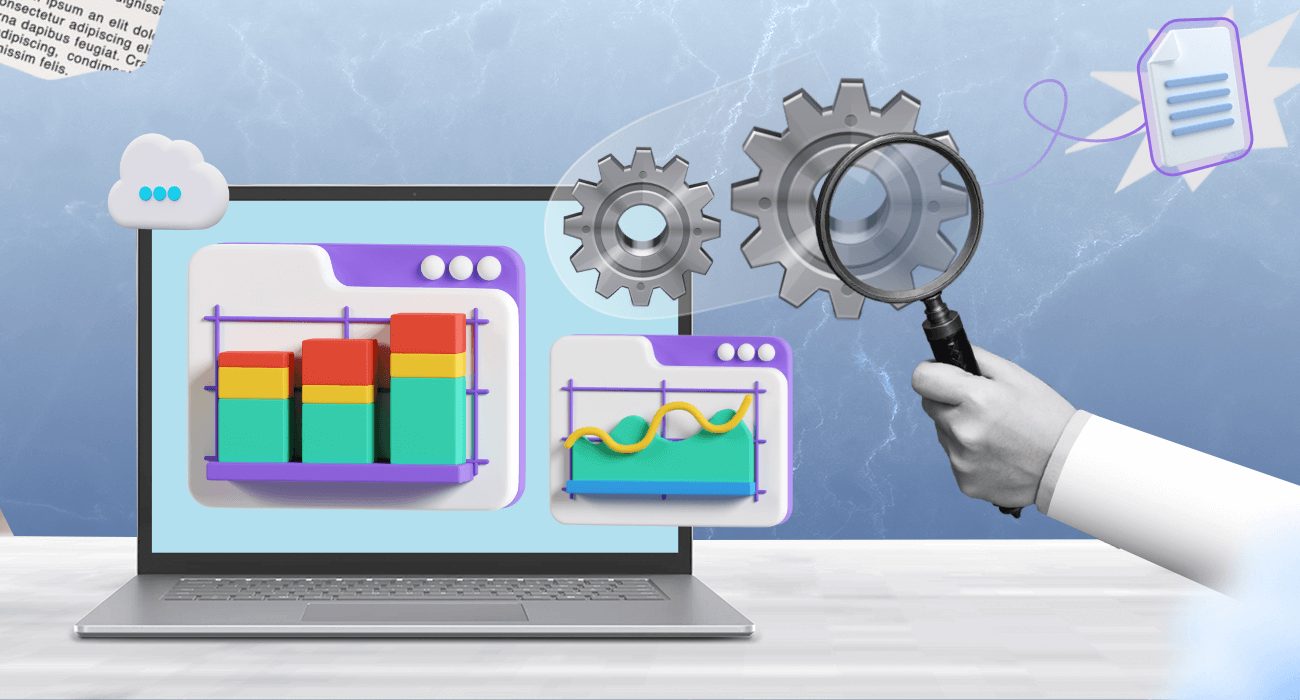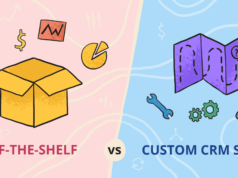
In this fast-growing world of technology, software developers hold a significant place in designing and building successful software applications for the ease of humanity. For the assurance of high-quality, reliable, and user-friendly softwares, the developers must utilize best practices.
In case you want to generate a unique and successful software you must blend the combination of your creativity and knowledge. Thus, it is essential to follow the right strategies that have set a proven record in leading successful outcomes.
Below this, we will highlight five key tips to consider in software development.
1. Define Clear Requirements

Before stepping on a software development project, you need to define its requirements with stakeholders to confirm that everyone is equally aligned. It is important to ensure code quality and its maintenance. This approach is possible by adhering to coding standards and design patterns.
Utilization of the design patterns helps the developers to solve common design problems effectively. By applying such patterns it allows the developers to create software that is flexible, scalable and easy to maintain.
2. Use Version Control
There are multiple version control systems like git to track changes, collaborate with the team members, and revert to previous versions in case of need. In every stage of software development, you need to implement thorough testing practices earlier to ensure the optimum software functions.
Thus, it is important to consider all the factors before planning the software creation to achieve a significant output without making additional efforts.
3. Security and Documentation

Whenever it comes to the point of software development security should be a top priority. There are multiple best practices for security maintenance, including input validation, secure authentication mechanisms, and data encryption to protect the software from potential risks and problems in the future.
Along with security management, comprehensive documentation is essential for understanding the codebase, collaboration among team members, and supporting future maintenance and updates. If you are a developer, it is significant to document code, APIs, and system architecture completely.
4. Regular Code Reviews
For the assurance of code quality, identification of potential issues, and sharing knowledge among team members you need to invest your time in Building Code Review Software.
This approach plays a significant role in the prevention of bugs and related problems.
The main preference to optimize software performance deeply impacts delivering a seamless user experience. You need to pay attention to several factors, including code efficiency, resource utilization, and database optimization, to boost the performance of your software.
5. User Experience

The success of software applications lies in the best user experience. Developers should focus on the creation of smooth navigation, intuitive interfaces and engaging user interactions. This pracrise is helpful to enhance the overall user experience up to a great extent.
6. Agile Methodologies
In the realm of software development, Agile methodologies stand as a beacon of adaptability and responsiveness. This approach emphasizes collaboration, customer feedback, and small, rapid releases.
Agile frameworks like Scrum and Kanban facilitate breaking down projects into manageable units, allowing teams to address changes and improvements efficiently. Adopting Agile ensures that development aligns closely with user needs and market demands, fostering a culture of continuous improvement.
This iterative process not only enhances product quality but also boosts team morale by providing a clear sense of progress and achievement. Agile’s flexibility makes it ideal for projects where requirements evolve or are not clearly defined initially.
7. Continuous Integration/Continuous Deployment (CI/CD)
Continuous Integration (CI) and Continuous Deployment (CD) form the backbone of modern software delivery processes, promoting a culture of automation and monitoring throughout the software development lifecycle.
CI involves the automatic integration and testing of code changes, ensuring that new contributions do not break the software. Following CI, CD automates the deployment of code to production, facilitating a seamless transition from development to user availability.
This practice minimizes manual errors, accelerates release cycles, and enhances product quality. Implementing CI/CD pipelines encourages developers to commit code frequently, leading to smaller, more manageable changes and a robust feedback loop for identifying and addressing issues promptly.
8. User Feedback and Iterative Development

Incorporating user feedback into the software development process is crucial for creating products that genuinely meet user needs and expectations. Iterative development, a core principle of Agile methodologies, involves regularly revisiting and refining software based on user input.
This approach enables developers to make adjustments and enhancements that align closely with user experiences and preferences. By engaging users in the development cycle, teams can identify usability issues, uncover new requirements, and ensure that the software evolves in a direction that adds real value.
This continuous loop of feedback and improvement leads to more user-centric products and can significantly enhance user satisfaction and engagement.
9. Accessibility and Inclusivity
Developing software with a focus on accessibility and inclusivity ensures that products are usable by the widest possible audience, including individuals with disabilities. This involves adhering to established guidelines and standards, such as the Web Content Accessibility Guidelines (WCAG), to create interfaces that are navigable and understandable for users with various needs.
Incorporating accessibility features, such as screen reader support, keyboard navigation, and alternative text for images, makes software more inclusive. Beyond compliance, prioritizing accessibility demonstrates a commitment to social responsibility and can expand market reach by catering to underserved user groups.
Inclusivity in software design fosters a more equitable digital environment, enabling everyone to benefit from technological advancements.
10. Performance Monitoring and Optimization

After deploying software, ongoing performance monitoring and optimization are essential for maintaining and improving user experience. Tools and practices for monitoring real-time performance can pinpoint issues like slow response times, resource bottlenecks, and system downtime.
By analyzing this data, developers can identify areas for optimization, such as code efficiency, database queries, and server configuration. Regular performance assessments ensure that the software remains responsive and scalable, even as user loads and data volumes increase.
Investing in performance optimization not only enhances user satisfaction but also reduces operational costs by ensuring efficient resource use. This proactive approach to maintaining software health is vital for sustaining long-term success and competitiveness.
In case you are fond of becoming a data scientist you need to embrace the latest practices to streamline the software development cycle. Following the latest strategies contributes to provide a wide range of benefits in the long run.












